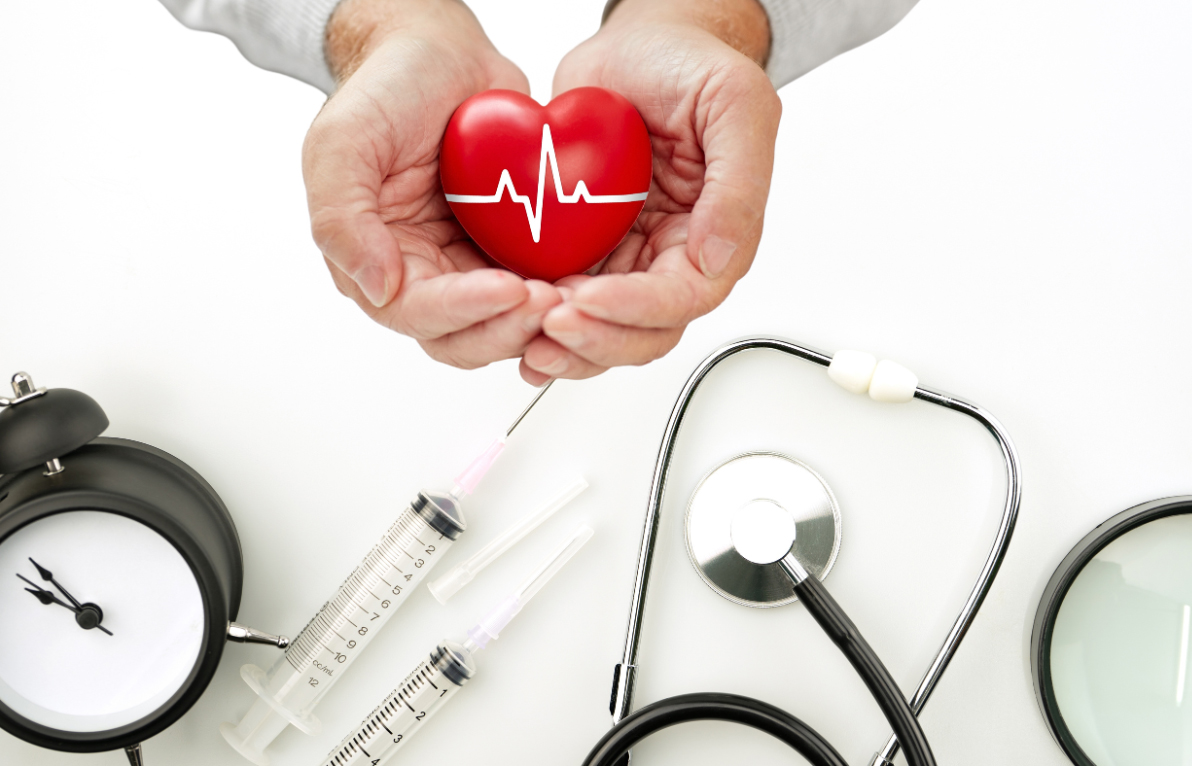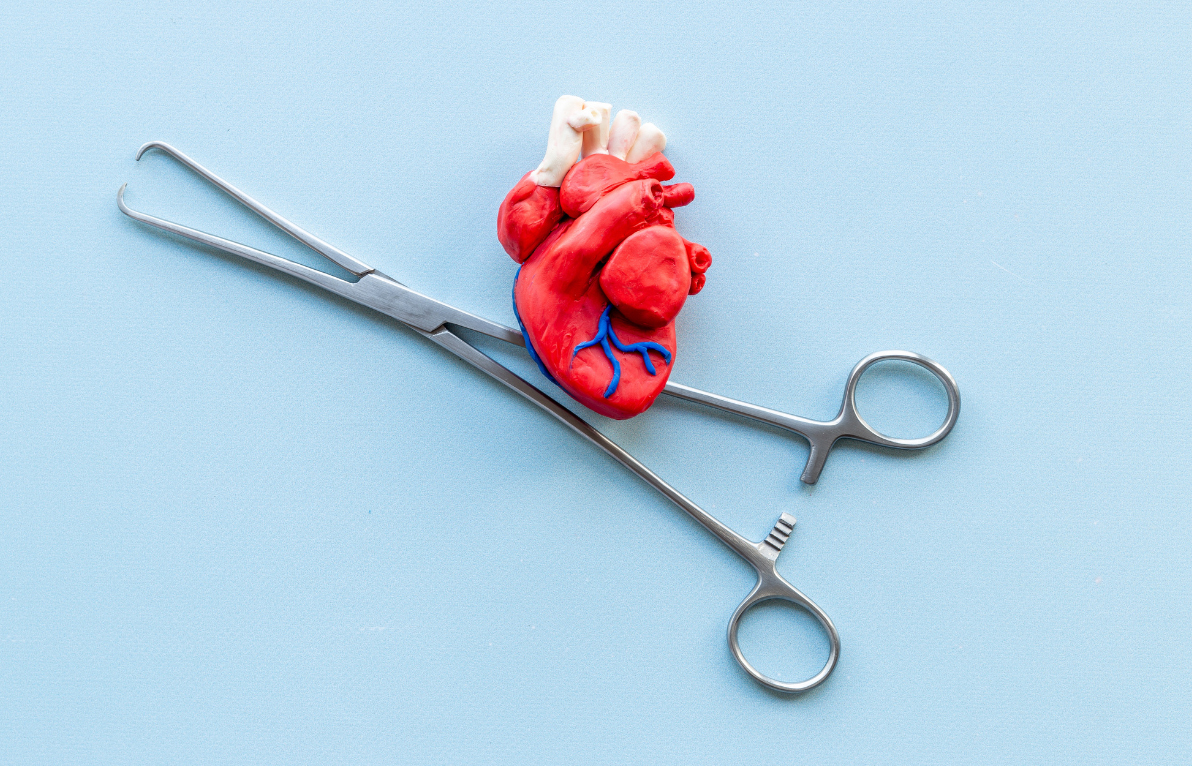Breast Cancer 101: Understanding the Basics
Breast cancer is among the common cancers affecting women that occur in the breasts. It can affect one or both breasts and can be diagnosed in about 1 in 8 women during their lifetime. Breast cancer develops when cancerous cells in the breast grow and form tumours. A majority of breast cancer cases, about 80% of them, are invasive and may spread from the breasts to the other parts of the body.
It is imperative to understand that most breast lumps are not cancerous but rather benign, which insinuates that they don’t spread outside of the breast. Benign breast tumours are not cancerous or even life-threatening, but some types of these tumours may increase the likelihood of getting breast cancer.
Women above the age of 50 are more at risk of breast cancer, but it may also affect women under 50. In fact, males may also develop breast cancer. Any lump found in the breasts should be checked by a doctor to determine if it is benign or malignant and if there is a chance of getting breast cancer in the future.
What are the Types of Breast Cancer?
Oncologists may need to identify the type of breast cancer into its subtypes in order to tailor an effective treatment suitable for each individual patient while also ensuring the fewest possible side effects. They may classify the common types of breast cancer into the following categories.
- Invasive (infiltrating) ductal carcinoma (IDC): Cancer that develops in the milk ducts and pervades surrounding breast tissues.
- Ductal carcinoma in situ (DCIS): It is the most common breast cancer, which originates in the duct cells and is usually found in the lining of the ducts. They have not yet disseminated outside the duct.
- Lobular breast cancer: This is a type of invasive breast cancer in which cancer originates in the lobules of the breasts, which are the milk-producing glands.
Less common types of breast cancer may include:
- Inflammatory breast cancer (IBC): Breast cancer can also be inflammatory in nature, which may lead to swelling and redness in the affected breast along with a certain warm feeling. This happens when the cancer cells block the lymph vessels in the skin.
- Triple-negative breast cancer (TNBC): This is another invasive breast cancer that spreads aggressively and faster than other types of breast cancer.
- Paget’s disease of the breast: This is a rare form of breast cancer that forms on the nipple and appears like a rash.
How Common is Breast Cancer?
Breast cancer is the most common type of cancer in women and is also one of the leading cancer-related mortality in India. While it is more commonly diagnosed in women, approximately 1% of males may also get breast cancer.
Breast Cancer – Early Signs & Symptoms
Sometimes, symptoms of breast cancer may be apparent from the outside, but sometimes, it may not cause any noticeable signs. Having breast cancer symptoms may include:
- A change in texture, shape, or size of the breast.
- Formation of a lump or change in its shape or texture.
- Feeling a lump or thickening in or around the breast or in the underarm that doesn’t go away throughout one’s menstrual cycle.
- Change in the texture or look of the skin on the breast or nipple (the skin may look inflamed, dimpled, scaly, or puckered, sometimes with visible red, purple, or darker shades of the skin than the other parts of the breast).
- Blood or clear fluid discharge from a nipple.
- Marble-like hardened area under the skin.
Identifying Breast Cancer – Diagnosis is Key to Treatment
Primary diagnosis by a healthcare provider may involve physical examination or mammogram screening of the breasts, but deeper investigation may be recommended, including the following tests.
- Breast ultrasound
- Breast magnetic resonance imaging (MRI) scan
- Breast biopsy
- Genetic testing to identify mutations
- Immunohistochemistry test to look for hormone receptors
Stages of Breast Cancer
Breast cancer staging provides an essential roadmap to oncologists and the team of specialists to devise a treatment plan suitable for a particular patient. It also helps set a prognosis and what to expect from the treatment provided. Staging of breast cancer depends upon a few factors, such as tumour location and size, type of breast cancer, and the extent to which the cancer has spread.
The stages of breast cancer based on which treatment and prognosis can be provided are:
- Stage 0: At this stage, breast cancer hasn’t spread to the other parts.
- Stage I: Cancerous cells have been found in the surrounding breast tissues.
- Stage II: Cancerous tumours have started forming at this stage, which are either 2 centimetres wide and have spread to the lymph nodes of the underarms or larger than 5 centimetres and haven’t spread to the underarm lymph nodes.
- Stage III: At this stage, cancer may have been found in the tissues surrounding the breasts and is referred to as locally advanced breast cancer.
- Stage IV: At stage IV breast cancer, the cancer has spread to adjoining areas, such as the bones, lungs, brain, and even the liver.
Controlling Breast Cancer: How is it Treated?
A team of doctors comprising eminent oncologists, radiologists, pathologists, medical oncologists, and other medical professionals are involved in the determination of treatment modalities. The treatment plan is based on the type, stage, and grade of breast cancer and whether the cells are sensitive to hormones.
Today, there are many treatment options available for breast cancer and it can be an overwhelming choice to make. It may help to seek a second opinion.
Surgery may be considered as the primary treatment of breast cancer. Different types of surgical measures may be recommended based on the requirements of the patients, such as:
- Lumpectomy: Removal of a lump
- Mastectomy: Removal of an affected breast
- Sentinel node biopsy: Excision of tissues from the lymph nodes to determine whether cancer has spread to the lymph nodes
Oncologists may consider certain other cancer treatment modalities for complementing surgical intervention or as an additional measure. These include:
- Chemotherapy, which may be used before surgery
- Radiation therapy, which includes intraoperative radiation therapy (IORT)
- Hormone therapy, which includes selective oestrogen receptor modulator (SERM) therapy
- Immunotherapy
- Targeted therapy
Palliative Care
The various treatment modalities for breast cancer may have different side effects, which may not be easy to handle after going through extensive and exhausting periods of treatment. Different patients react differently, and these treatments may affect their daily life. Fatigue, gastrointestinal issues like diarrhoea and constipation, nausea and vomiting are common side effects of the different cancer treatment modalities.
Palliative care focuses on the aspect of symptom and side effect management as a result of breast cancer to improve the quality of life of patients during and after the completion of treatment.
Breast Cancer Treatment at Apollo Hospitals, Karnataka
Apollo Hospitals, Karnataka, is an apex healthcare institution dedicated to providing patient-centric treatment to prevent and manage a myriad of health issues. Equipped with advanced facilities and state-of-the-art equipment for delivering various cancer treatments, we aim to improve the prognosis and success of treatments. With the most preeminent medical and surgical oncologists on board, we strive to provide the best treatment for cancer for an improved quality of life.




 Heart Institute
Heart Institute Oncology
Oncology Critical Care
Critical Care Institute of Transplant
Institute of Transplant Emergency Medicine
Emergency Medicine  Institute of Gastroenterology
Institute of Gastroenterology Institute of Neurosciences
Institute of Neurosciences Preventive Medicine
Preventive Medicine Institute of Renal sciences
Institute of Renal sciences Institute of Robotic Surgeries
Institute of Robotic Surgeries Institute of Pulmonology
Institute of Pulmonology Institute of Bariatric
Institute of Bariatric Institute of Obstetrics & Gynecology
Institute of Obstetrics & Gynecology Institute of Vascular Surgery
Institute of Vascular Surgery General Surgery
General Surgery  ENT & Head, Neck
ENT & Head, Neck Cosmetology
Cosmetology Dental Clinic
Dental Clinic Anesthesia
Anesthesia Advanced Pediatrics
Advanced Pediatrics Eye/Opthalmology
Eye/Opthalmology




